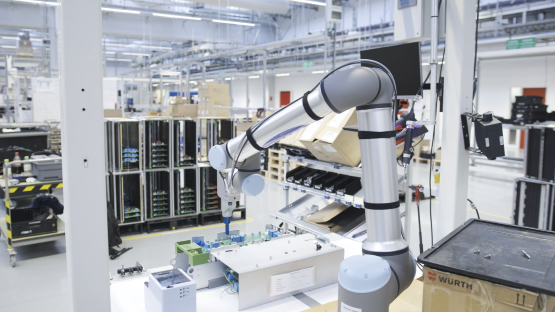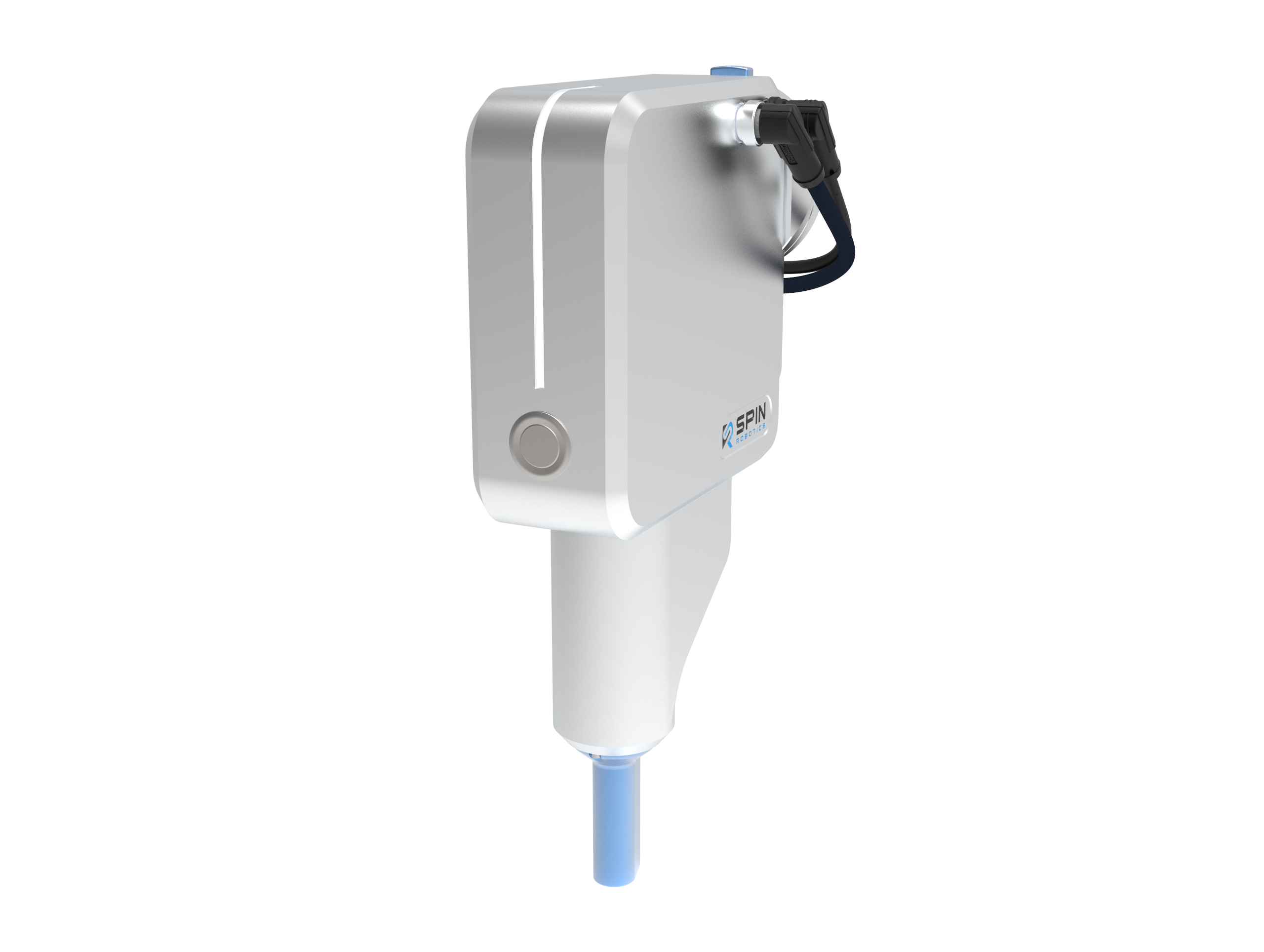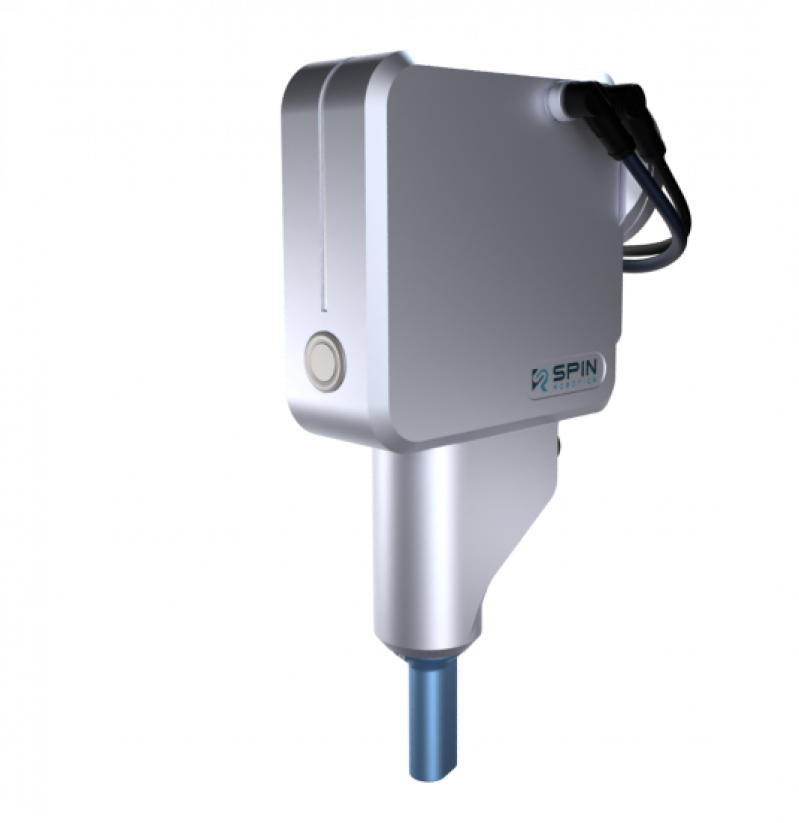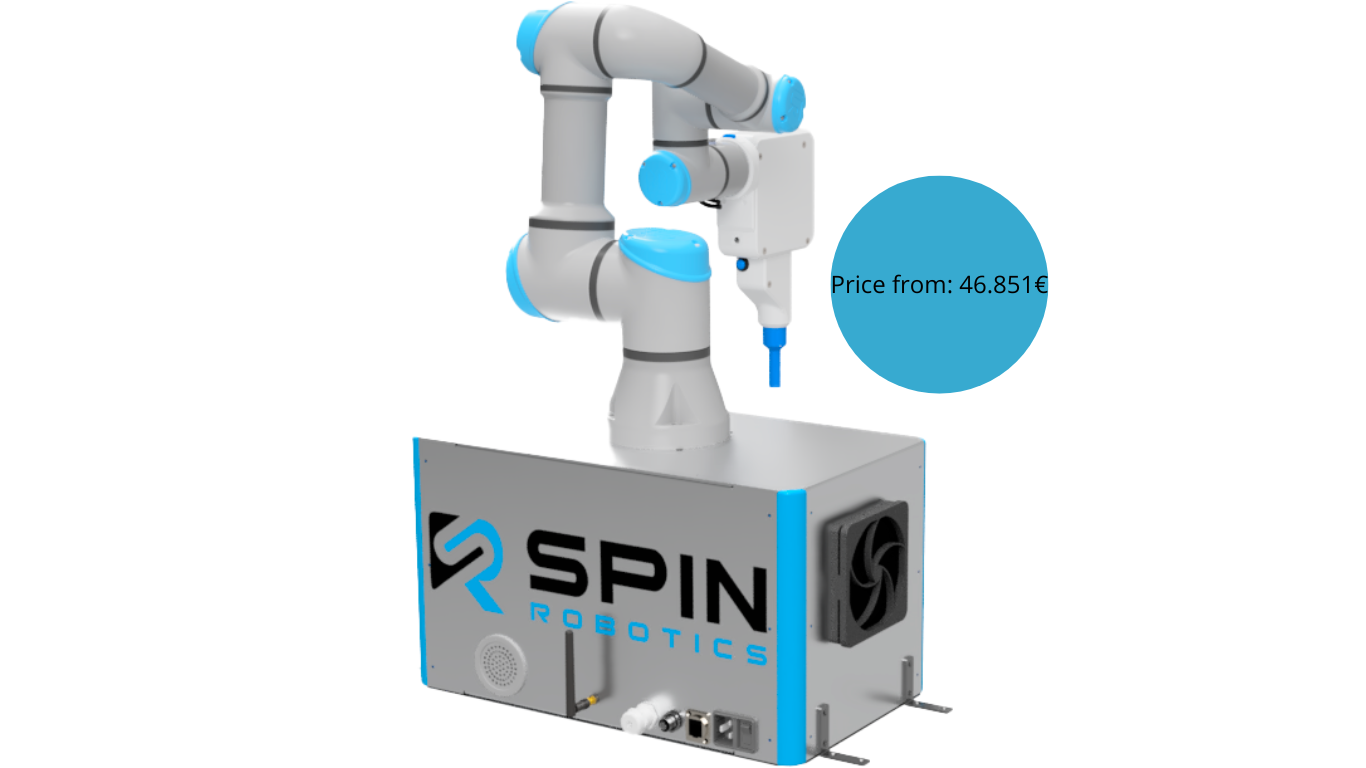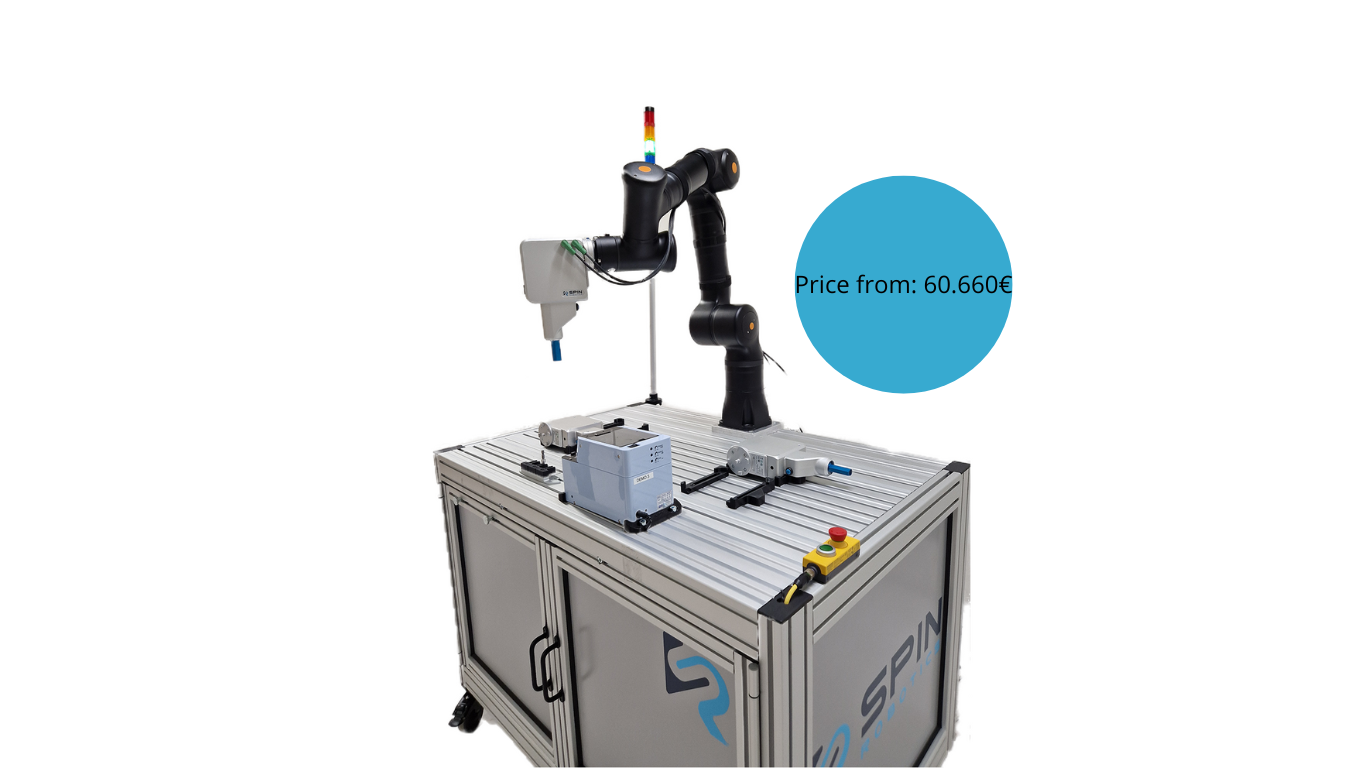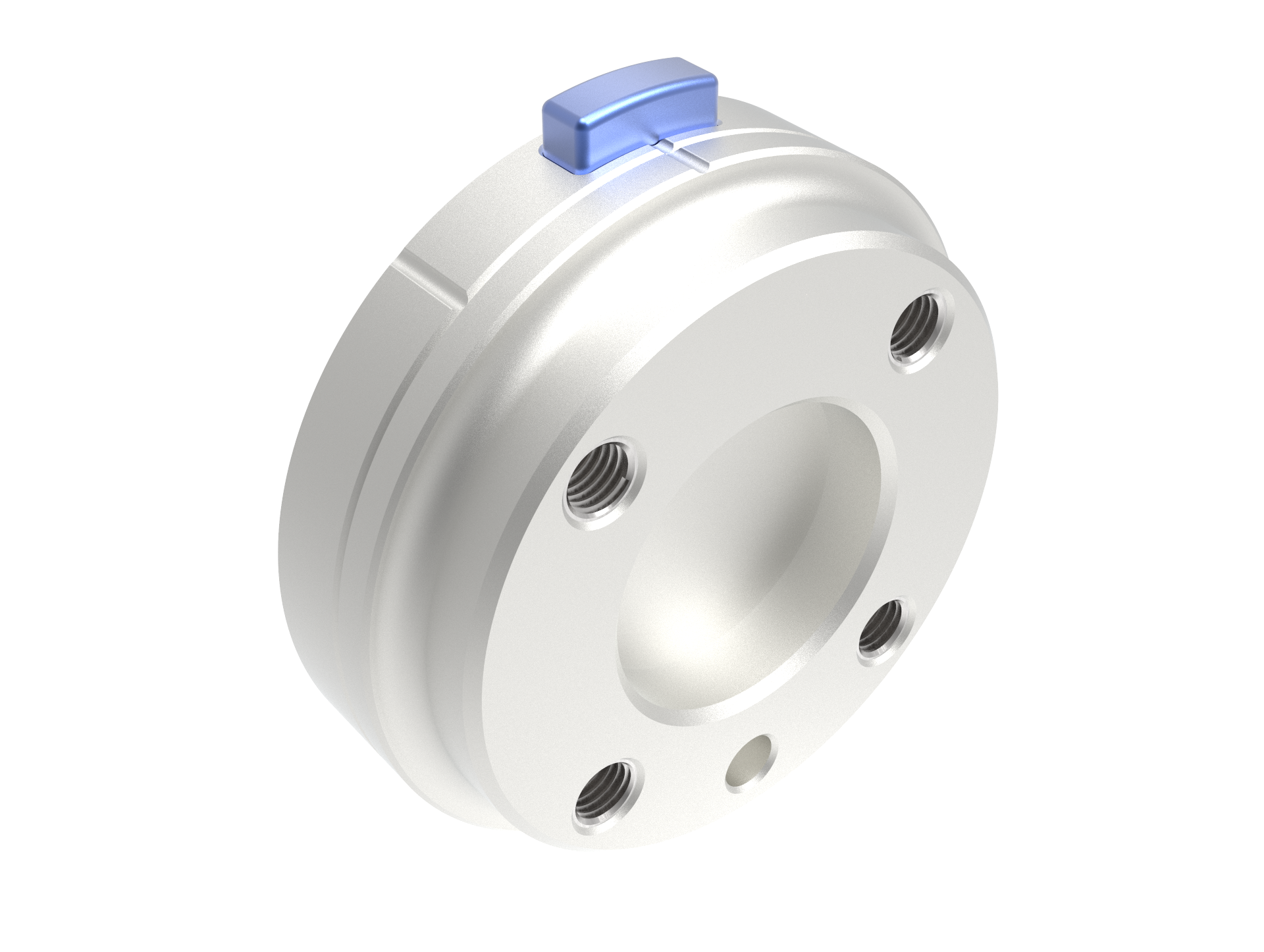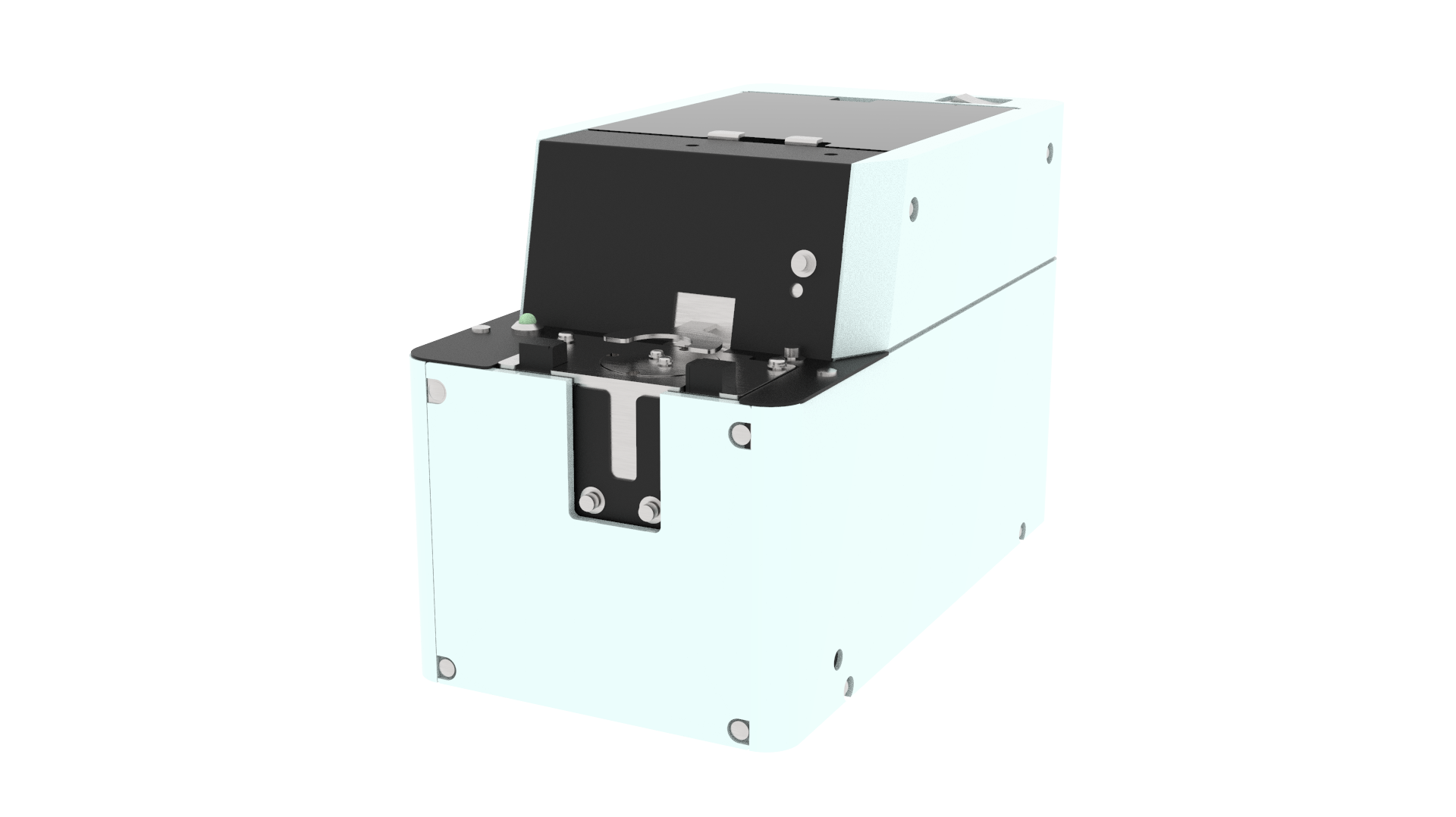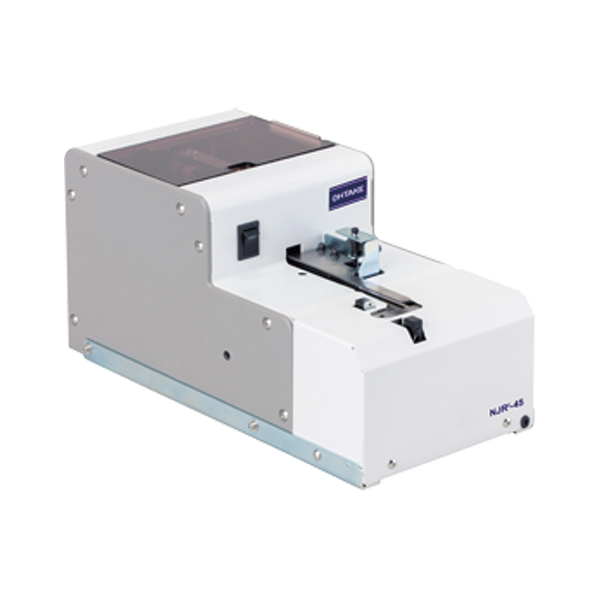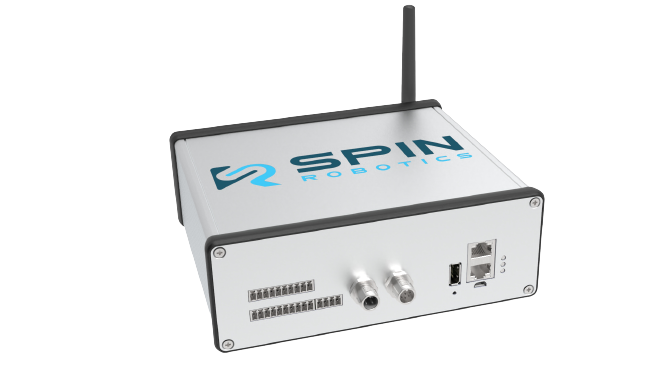What are cobots?
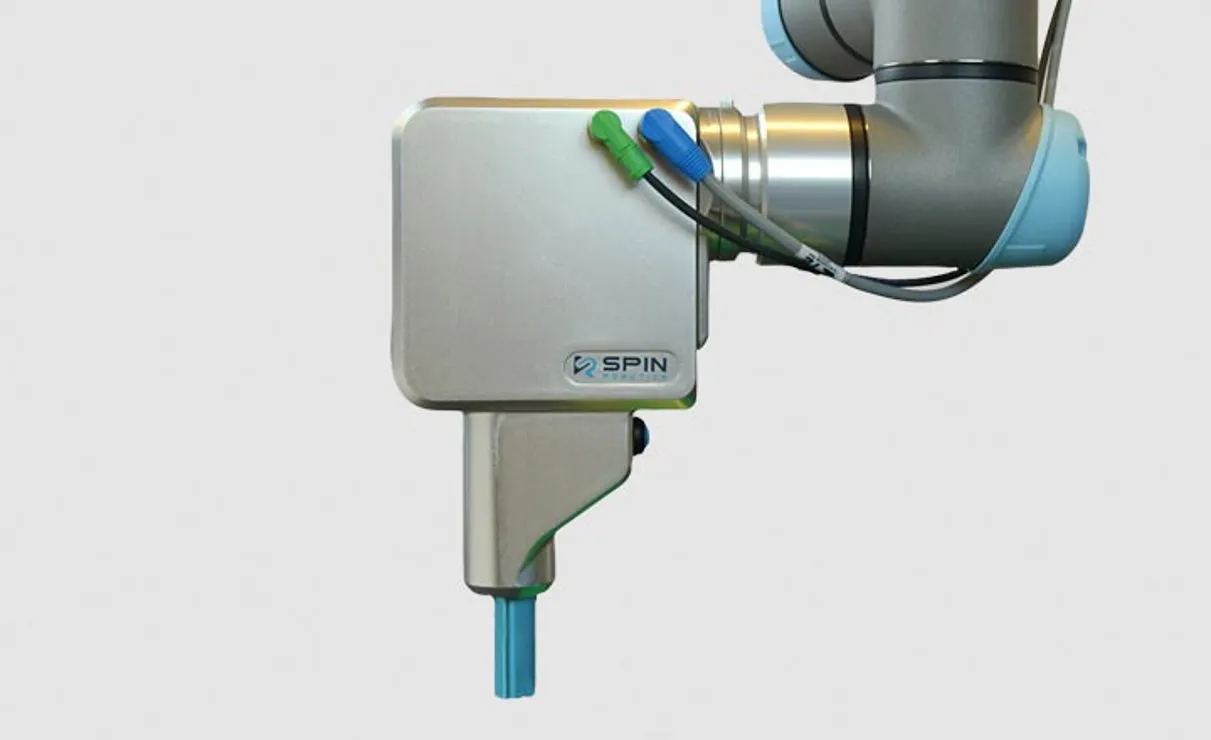
What is a cobot?
Cobots, short for collaborative robots, are designed to interact with humans in a shared workspace. Unlike traditional industrial robots that are often confined to safety cages, cobots are built with advanced sensors and safety mechanisms that allow them to work side-by-side with human operators.
Read about automated cobot screwdriving for seamless assembly line integration here
Key features of cobots
- Human collaboration: Cobots work alongside employees to perform repetitive or strenuous tasks, freeing humans for more complex roles.
- Safety measures: Equipped with collision detection, cobots stop immediately upon sensing an obstacle, ensuring worker safety.
- Ease of use: Unlike traditional robots, cobots are easier to program and deploy, even for non-technical users.
- Versatility: From assembly lines to welding, cobots adapt to diverse industrial applications.
How to choose between a cobot and an industrial robot?
Industrial robots: When to choose them
Industrial robots excel in environments requiring high speed, strength, and precision. These robots are often found in automotive manufacturing or heavy-duty tasks where human interaction is minimal.
Key Factors for choosing industrial robots:
- High production volumes with repetitive tasks.
- Environments that are hazardous for human operators.
- Requirement for extreme precision, such as in semiconductor manufacturing.
Cobots: The ideal choice for flexibility
Cobots are best for businesses looking for adaptable, human-friendly automation. They are particularly valuable for small and medium-sized enterprises (SMEs) that need cost-effective automation without overhauling existing operations.
Key factors for choosing cobots:
- Work environments where humans and robots need to collaborate or work closely together.
- Production space are limited and the robot installation is required to take up as little space as possible
- Frequent task changes that require flexible programming.
- Budget-friendly automation with quick ROI.
Comparing cobots vs. industrial robots
Feature | Cobots | Industrial robots |
Collaboration | Works alongside humans | Requires safety barriers |
Ease of programming | Intuitive, user-friendly | Complex, technical expertise |
Cost | Lower initial investment | High upfront cost |
Applications | Assembly, packaging, welding | High-speed, heavy-load tasks |
Physical footprint | Low. Can be added directly to the production line. | Higher. Factories need to find additional space for new robot cabinets. |
How is a cobot different from a robot?
While cobots and robots are both forms of automation, their design, use cases, and interaction models differ significantly:
- Purpose:
- Cobots are built to assist humans, emphasizing collaboration.
- Robots often perform tasks autonomously with minimal human intervention.
- Safety features:
- Cobots feature sensors and force-limiting technology for safe interaction.
- Robots prioritize speed and efficiency over direct human interaction.
- Programming:
- Cobots can often be programmed by dragging and dropping on a user-friendly interface.
- Robots require advanced coding and technical skills for configuration.
Universal Robots: Leading the cobot industry
Universal Robots (UR) is a pioneer in the cobot sector, providing solutions that redefine workplace automation. Their lineup includes models like the UR5e, designed for flexibility, ease of use, and precision.
Spotlight on the UR5e
The U is a versatile cobot with a payload capacity of 5kg and a reach of 850mm. It’s ideal for applications such as:
- Assembly: Streamlines repetitive assembly tasks.
- Quality inspection: Offers consistent precision in product testing.
- Welding: Enhances welding efficiency and safety.
Why Choose the UR5e?
- Ease of deployment: Minimal setup time and intuitive programming.
- Cost-effective automation: Affordable solution for SMEs.
- Scalability: Adapts to growing business needs.
Welding with cobot robots
One of the most impactful applications of cobots is in welding. Traditional welding processes can be labor-intensive, hazardous, and inconsistent. Cobots like the UR5e address these challenges by automating welding with precision and safety.
Advantages of welding cobots
- Consistency: Delivers uniform welds, reducing defects.
- Safety: Protects workers from welding fumes and sparks.
- Efficiency: Cuts down welding time significantly.
- Cost Savings: Reduces material waste and labor costs.
Key industries using welding cobots
- Automotive manufacturing.
- Aerospace industries.
- Metal fabrication shops.
Advantages of having a cobot
Cobots offer a plethora of benefits, especially for American businesses navigating labor shortages, rising costs, and the need for efficiency.
Top benefits of cobots
- Cost-Effective:
- Lower upfront and operational costs compared to industrial robots.
- Quick ROI due to enhanced productivity.
- Adaptability
- Easily reprogrammed for new tasks, reducing downtime.
- Ideal for dynamic production environments.
- Workforce enhancement:
- Assists employees by handling repetitive or strenuous tasks.
- Improves workplace morale and safety.
- Scalability for SMEs:
- Perfect for smaller businesses seeking gradual automation.
- Improved Accuracy:
- Minimizes errors, ensuring consistent quality in production.
- Low physical footprint
- Less production space required for cobots compared to traditional industrial robots
What work can cobots do for your business?
Cobots have applications across diverse industries, offering flexible solutions to modern challenges:
1. Assembly line assistance
Cobots enhance assembly lines by working alongside human operators, speeding up production while maintaining accuracy. e.g. Screw tightening processes and small parts assembly
2. Packaging and palletizing
Cobots efficiently handle packaging and palletizing, reducing labor costs and preventing workplace injuries.
3. Quality Inspection
With built-in sensors and cameras, cobots can inspect products with precision, ensuring quality control standards.
4. Welding and machining
Cobots like the UR5e automate welding and machining tasks, improving safety and productivity.
5. Pick and place operations
Cobots streamline pick-and-place tasks in logistics, retail, and warehousing.
Applications of collaborative robots (Cobots)
As previously mentioned, cobots are transforming industries with their flexibility, intuitive programming, and ability to handle a range of tasks. Their versatility allows businesses to streamline operations, combining various functions into one cohesive automation solution. While cobots are theoretically capable of learning nearly any task, the following applications stand out as the most common and impactful.
1. Sanding and polishing
Cobots equipped with advanced sensors excel at tasks requiring precision and consistent force, such as polishing, deburring, or sanding. By maintaining uniform pressure and accurately following contours, they ensure impeccable finishes on materials like wood, metal, and stainless steel.
2. Screwdriving
Simple yet repetitive tasks, such as screwing, are ideal for cobots. With the proper tools and software, cobots can consistently apply precise force, align screws with holes, and sustain the same accuracy for extended periods. This level of efficiency and consistency is unmatched by human operators.
3. Pick and place
From assembly lines to warehouses, cobots excel in pick-and-place tasks, moving objects efficiently from one location to another. While the fundamental action is straightforward, integrating advanced grippers or handling varied object dimensions adds complexity that cobots manage with ease.
4. Bin picking
Cobots can handle the challenge of unsorted items in a bin, leveraging vision systems and smart software to identify, select, and pick up items accurately. This is particularly useful in industries where objects need to be loaded onto a conveyor or sorted for further processing.
5. Machine tending
Cobots automate machine tending by loading and unloading parts into equipment such as CNC machines or lathes. This not only boosts productivity but also enhances worker safety by reducing exposure to repetitive or hazardous tasks.
6. Palletizing
Cobots simplify palletizing operations, using vacuum grippers to stack boxes with precision. Advanced designs eliminate the need for external air supplies, streamlining the process, reducing costs, and minimizing noise. These robots are equally adept at depalletizing.
7. Quality testing and inspection
Cobots contribute to quality assurance by automating inspection processes. They can position objects in testing devices or sort items based on results. With vision technology, cobots can perform detailed visual inspections, enhancing production accuracy and consistency.
8. Gluing and sealing
Perfect for precision tasks, cobots can dispense adhesives or sealants uniformly along a defined path. This application is particularly useful in industries like manufacturing and electronics, where accuracy and uniformity are crucial.
9. Welding
Cobots bring unmatched precision to welding tasks, ensuring consistent quality across processes such as MIG/MAG, TIG, arc, and spot welding. Their ability to automate intricate welding paths boosts productivity and reduces errors.
10. Soldering
For delicate soldering tasks, cobots provide the precision required for applications in electronics and other high-detail industries. Whether it’s soldering or brazing, their accuracy ensures consistent results every time.
Industries benefiting most from cobots
Cobots are transforming how businesses operate across a range of industries. Their versatility, safety features, and user-friendly design make them a preferred automation tool in both established and emerging sectors. Here are some of the most prominent industries leveraging cobots and their benefits.
1. Manufacturing
Applications: Assembly, machine tending, and quality testing.
Cobots are redefining the manufacturing landscape by automating repetitive and precise tasks, such as screwing and part assembly. Their ability to work alongside human operators makes them ideal for small and medium-sized manufacturers looking to increase efficiency without overhauling their production floors.
2. Automotive
Applications: Assembly, Welding, painting, and component handling.
In the automotive sector, cobots streamline processes such as welding and applying finishes. Their precision ensures consistency and quality in high-volume production environments. They also play a significant role in assembling smaller, intricate components.
3. Electronics
Applications: Assembly, soldering, inspection, and delicate assembly tasks.
The precision of cobots makes them indispensable in the electronics industry. They handle intricate tasks like soldering circuit boards and assembling small parts with unparalleled accuracy, ensuring high-quality output in devices like smartphones and laptops.
4. Logistics and warehousing
Applications: Pick-and-place, palletizing, and sorting.
Cobots are revolutionizing logistics with their ability to automate picking, packing, and sorting processes. Their adaptability makes them perfect for fulfilling diverse warehouse operations, reducing human fatigue, and speeding up order processing.
5. Healthcare and pharmaceuticals
Applications: Laboratory automation, drug dispensing, and surgical assistance.
Cobots contribute to precision and reliability in healthcare by assisting in laboratory processes, such as sample preparation, and even in advanced applications like robotic-assisted surgeries. Their ability to work safely around humans ensures compliance with stringent healthcare standards.
Unlock limitless potential with cobots
The adaptability of cobots makes them a valuable asset in diverse industries. By automating repetitive and intricate tasks, they free up human workers for more strategic roles, enhance workplace safety, and ensure operational efficiency.
Sustainability with cobots: Driving eco-efficiency
Cobots are at the forefront of sustainable automation, offering solutions that reduce energy consumption, waste, and environmental impact. Here's how:
1. Energy efficiency
Cobots typically consume less energy compared to traditional industrial robots, thanks to their lightweight design and optimized power usage. For example, cobots from leading manufacturers like Universal Robots can operate effectively on standard power supplies, lowering carbon footprints in manufacturing.
2. Minimizing material waste
Cobots enhance precision in tasks such as welding (LINK), cutting, and painting. This precision reduces material wastage significantly, particularly in industries like automotive and electronics, where errors can be costly and resource-intensive.
3. Supporting a circular economy
Cobots facilitate processes such as disassembly and recycling. Their adaptability allows them to switch between tasks, such as sorting recyclable materials or refurbishing used components, supporting the principles of a circular economy.
4. Enabling local production
By automating tasks cost-effectively, cobots make it feasible for companies to localize production. This reduces the environmental toll of long-distance shipping and fosters sustainable supply chains.
5. Promoting Workplace Sustainability
Cobots create ergonomic workplaces by reducing the need for human workers to engage in physically demanding or hazardous tasks. This contributes to long-term workforce health and reduces costs associated with workplace injuries.
Why businesses are embracing cobots
The adoption of cobots in the U.S. is rising rapidly due to their ability to address labor shortages, reduce operational costs, and improve workplace safety. From large manufacturing plants to small workshops, cobots are empowering businesses to achieve more with less.
What have we learned?
Cobots represent the future of automation. For businesses seeking flexible, cost-effective, and human-friendly solutions, cobots like Universal Robots’ UR5e are a game-changer. Whether it’s automating welding tasks, enhancing assembly lines, or ensuring quality control, cobots are the key to staying competitive in a dynamic market.
Transform your operations with Spin Robotics today!
Ready to revolutionize your workplace with cutting-edge collaborative robots? Spin Robotics delivers precision, efficiency, and adaptability to take your business to the next level. Don’t wait to enhance productivity and sustainability. Contact us now for a free consultation and discover the perfect solution for your automation needs.
FAQs
1. What is the difference between a robot and a cobot?
Cobots are designed for collaboration with humans, featuring safety mechanisms and ease of programming, while robots are often autonomous and require more complex setups.
2. How much does a cobot like the UR5e cost?
The cost varies, but cobots like the UR5e are generally more affordable than traditional industrial robots, with a faster ROI.
3. Can cobots be used in hazardous environments?
While cobots excel in human-friendly environments, they can also work in semi-hazardous conditions, provided appropriate safety measures are in place.
4. What industries benefit most from cobots?
Industries such as manufacturing, logistics, healthcare, and metal fabrication benefit significantly from cobots.
5. How long does it take to program a cobot?
Cobots are designed for quick programming, often requiring just a few hours to deploy, even for non-technical users.

